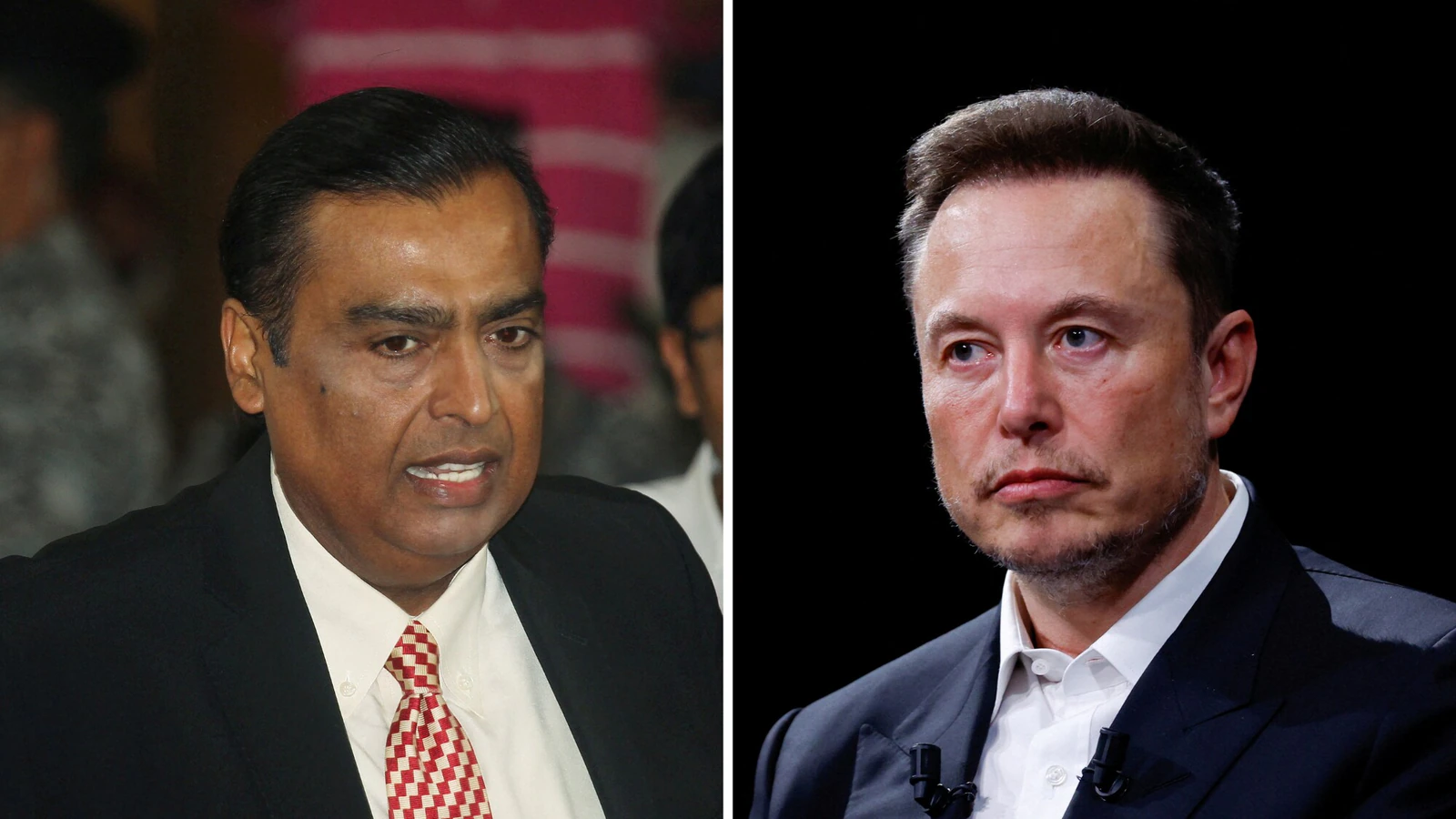Two of the world’s wealthiest men, Elon Musk and Mukesh Ambani, have eyed India’s growing satellite broadband market as their next battleground. ‘Recent government decisions on the distribution of satellite spectrum appear to fuel this fight.’
The Shift in Spectrum Allocation
India’s government said it would allocate satellite spectrum for broadband services administratively and not as preferred by Ambani, who uses an auction model. Musk had previously criticized the auction approach, and for the fast-changing satellite broadband landscape, this may not be the best-suited model.
Satellite broadband offers internet services to areas outside the general service coverage circles. Hence, it has emerged as one of the important factors for rural India that do not have DSL or cable connections. This will end the Digital Divide widely present in India, as nearly 40% of its population remains unconnected to the Internet.
Market Trends and Forecast
Despite the aggressive competitive landscape dominated by Ambani’s Reliance Jio, which has tied up with Luxembourg-based SES Astra, Musk’s Starlink also poses a severe threat. Whereas SES operates medium-Earth orbit (MEO) satellites for cost-effective service, Starlink uses low-Earth orbit (LEO) satellites, promising faster connections. Presently, Starlink flaunts over 6,400 satellites in orbit and is reported to serve four million subscribers worldwide.
The telecom regulator hasn’t announced the spectrum pricing yet, but projections suggest two million satellite internet subscribers by 2025. ‘Much is at stake since successful in-flight rollouts of satellite services might undergird Prime Minister Narendra Modi’s push for foreign investment and reinforce India’s pro-business reputation.’
Administrative Allocation vs. Auctions
The government justifies the current administrative strategy regarding allocation by claiming it is in line with international standards and promotes fair competition. Analysts have argued that such allocation would easily allow qualified players, such as Starlink, to enter the market without the financial barrier of a high cost during an auction.
Simultaneously, Reliance Jio maintains that licences and their allotments can be marketed and sold through auction only to create fair competition and transparency. About these claims, Reliance Jio asks the question: While recent technological advances have reduced the differences between satellite and terrestrial networks, satellite services cannot solely be relegated to the bottom-of-the-pyramid and underserved areas.
He has publicly stated cooperation, saying that competition would benefit Indian consumers in the long run. However, Ambani’s stance on the administrative method looks more like an astute political maneuver to level the playing field and gain the marketplace.
Other industry leaders, like Sunil Mittal, chairman of Bharti Airtel, believe, like Ambani, that traditional licensing and acquisition of spectrum are imperative. This leaves Ambani and Mittal controlling 80% of India’s telecom market, making it much more challenging for entrants like Starlink.
Challenges Ahead for Starlink
While Musk might have deep pockets to offer competitive pricing—possibly even free services to get a toehold—the very cost of the satellite service might well work against growth. As mentioned recently, Starlink charges nearly ten times the operational cost of the significant Indian broadband players, so there certainly needs to be competitive pricing for penetration.
Despite the abovementioned challenges, the satellite market still presents a promising opportunity. The growing importance of IoT further underlines the requirement for solid broadband services, especially in rural and under-developed regions.
Conclusion: Dawning of a New Era in Connectivity
This is more than corporate rivalry; it’s the race between Musk and Ambani to control India’s satellite broadband market. It presages a critical moment for digital connectivity in a country at the take-off stage. ‘While bridging the digital divide and improving access to the internet for millions of people, the winner could decide the future path of the telecommunications industry in India and across its borders.
When the two heavies clash, all eyes will be on how this high-stakes contest will affect consumers, the industry at large, and the broader economy over the next few months. The battle for supremacy in the Internet of Space has finally begun.
For more reporting like this, please follow Newsdecensored on your favorite social media sites and bookmark the website. Thank you for your interest and support.















